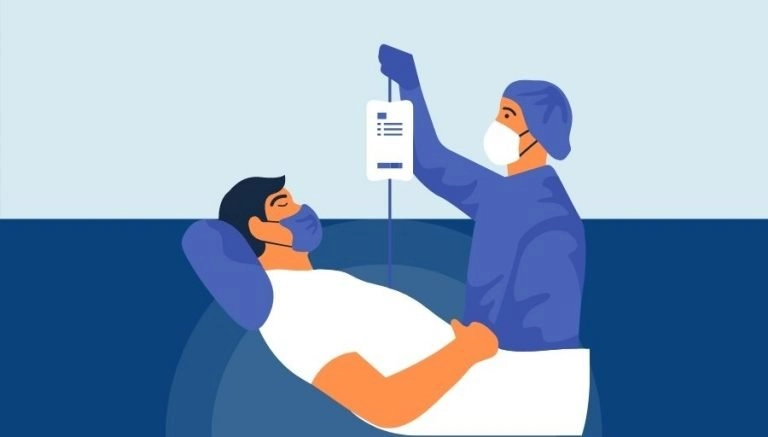How To Use CPT Code 51705
CPT 51705 describes the procedure for changing a cystostomy tube in a patient. This article will cover the description, official details, procedure, qualifying circumstances, appropriate usage, documentation requirements, billing guidelines, historical information and billing examples.
1. What is CPT Code 51705?
CPT 51705 can be used to describe the process of removing and replacing a cystostomy tube in a patient. This code is used when a healthcare provider performs a simple removal of a previously placed tube and replaces it with a new tube through the same incision.
2. Official Description
The official description of CPT code 51705 is: ‘Change of cystostomy tube; simple.’
3. Procedure
- The healthcare provider prepares the patient and the site of the cystostomy tube.
- The provider cleans the site with an antibiotic solution and reopens the incision.
- A guidewire is introduced, and the old tube is removed over the guidewire.
- A new tube is inserted over the guidewire.
- The provider sutures the new tube to the skin after removing the guidewire.
4. Qualifying circumstances
CPT 51705 is used when a healthcare provider performs a simple removal and replacement of a cystostomy tube. This procedure is typically uncomplicated and does not involve any additional conditions such as infection, inflammation, or bleeding.
5. When to use CPT code 51705
CPT code 51705 should be used when a healthcare provider performs a simple removal and replacement of a cystostomy tube. It is important to note that this code should not be used for complicated procedures that involve additional conditions or complications.
6. Documentation requirements
To support a claim for CPT 51705, the healthcare provider must document the following information:
- Patient’s diagnosis and the need for the cystostomy tube change
- Details of the procedure, including the date and time
- Any complications or additional conditions, if applicable
- Signature of the healthcare provider performing the procedure
7. Billing guidelines
When billing for CPT 51705, ensure that the procedure performed is a simple removal and replacement of a cystostomy tube. This code should not be reported if the procedure is complicated due to factors such as infection, inflammation, or bleeding. It is important to follow the specific guidelines provided by the payer and use appropriate modifiers if necessary.
8. Historical information
CPT 51705 was added to the Current Procedural Terminology system on January 1, 1990. There have been no updates or changes to the code since its addition.
9. Examples
- A urologist performs a simple removal and replacement of a cystostomy tube in a patient with no complications.
- A nurse practitioner changes a cystostomy tube in a patient who had a previous tube placed for urinary drainage.
- A healthcare provider performs a routine cystostomy tube change in a patient with no additional conditions or complications.
- A physician assistant replaces a cystostomy tube in a patient who requires ongoing urinary drainage.
- A surgeon performs a simple removal and replacement of a cystostomy tube in a patient recovering from bladder surgery.
- A healthcare provider changes a cystostomy tube in a patient with no signs of infection or inflammation.
- A urology resident performs a routine cystostomy tube change under the supervision of an attending physician.
- A nurse changes a cystostomy tube in a patient with no complications or additional conditions.
- A healthcare provider performs a simple removal and replacement of a cystostomy tube in a patient with no bleeding or infection.
- A urologist replaces a cystostomy tube in a patient who requires ongoing urinary drainage due to a bladder condition.


